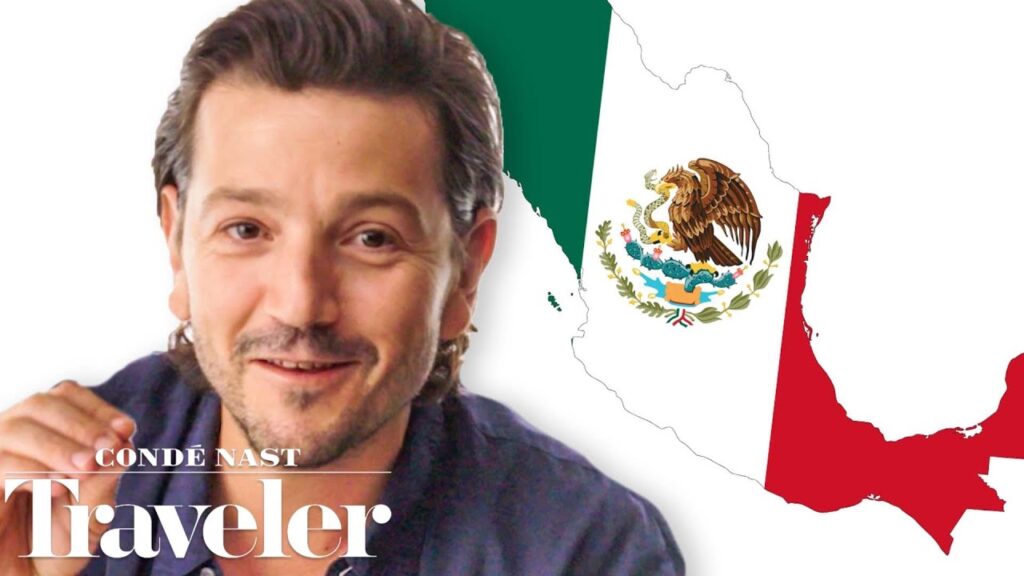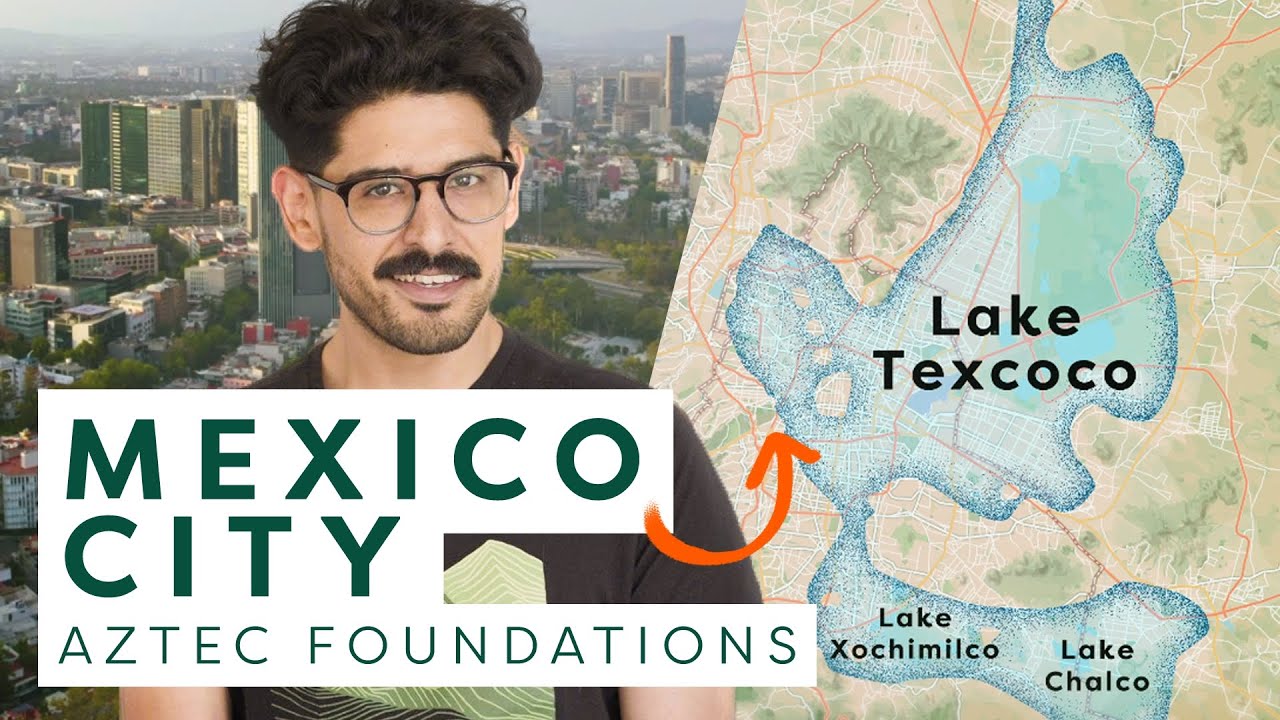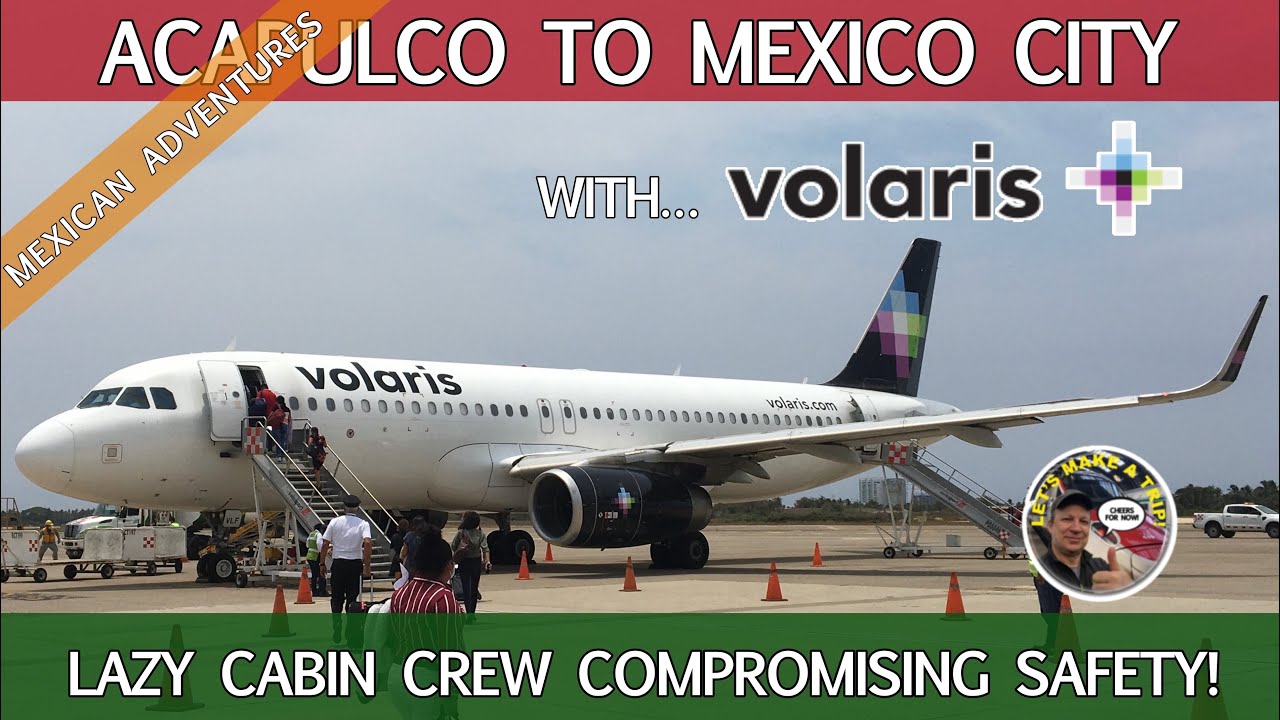Exploring the Hidden Gems of Mexico City
In the vast tapestry that is Mexico City, cradled among the well-trodden paths lie hidden gems waiting to be discovered by those willing to stray off the beaten track. This vibrant metropolis, rich in culture, history, and natural beauty, offers an array of uncharted wonders for the adventurous traveler. From secluded gardens to quaint neighborhoods that time seems to have forgotten, the city invites explorers to delve into its lesser-known treasures.
One such treasure is the neighborhood of Coyoacán. Away from the bustle of the city’s more tourist-heavy districts, Coyoacán offers a tranquil retreat with its cobblestone streets, colorful facades, and the iconic Frida Kahlo Museum. Nestled in this artistic enclave, visitors can also find hidden courtyards and small, intimate cafes that invite leisurely afternoons sipping coffee and soaking in the local ambiance.
Further off the radar, the ancient canals of Xochimilco present a unique adventure. A world away from the urban sprawl, these floating gardens offer an idyllic escape aboard brightly colored trajineras. Venturing into this area not only allows visitors to experience Mexico City’s enchanting natural landscape but also to engage with cultural traditions that have survived centuries, such as the Mariachi bands serenading guests amidst the waterways.
Among the urban sprawl, Parque Masayoshi Ohmori remains one of Mexico City’s most overlooked jewels. This serene park, although smaller than its counterparts, provides a perfect setting for a peaceful walk or a quiet moment to enjoy nature’s beauty amidst the city. Its meticulously maintained gardens, koi ponds, and traditional Japanese design elements create an oasis of tranquility that seems worlds away from the city’s incessant rhythm.
Diving into Mexico City’s hidden gems offers more than just a glimpse into secluded spots; it’s an invitation to experience the heart and soul of this bustling metropolis from a perspective many travelers never see. For those eager to explore beyond the main attractions, these lesser-known destinations promise an unforgettable journey into the city’s rich, vibrant, and wonderfully complex culture.
Why Mexico City’s Popularity is Surging Among Travelers
Mexico City has emerged as a top destination for travelers seeking a blend of cultural richness, historical depth, and modern-day vibrancy. This bustling metropolis, known for its sprawling landscape, offers a unique experience that stands out even in the diverse travel landscape of Mexico. The reasons behind its surging popularity are manifold, each contributing to the city’s undeniable allure.
Firstly, the city’s vast array of cultural offerings draws tourists from around the globe. Mexico City is home to numerous UNESCO World Heritage sites, including the historic center with its architectural marvels and the floating gardens of Xochimilco. Additionally, the city boasts an impressive number of museums, second only to Paris. From the world-renowned National Museum of Anthropology to the Frida Kahlo Museum, these cultural institutions provide deep dives into Mexico’s rich history and art.
Another significant pull factor is the city’s culinary scene. Recognized as a UNESCO Creative City for Gastronomy, Mexico City offers an incredible food experience ranging from street food stands serving up tacos al pastor to high-end restaurants that reinterpret traditional Mexican cuisine with a modern twist. This gastronomic diversity showcases the city’s blend of indigenous and international influences, making it a haven for foodies.
The city’s year-round temperate climate also plays a pivotal role in its appeal. With mild temperatures prevailing for most of the year, visitors can comfortably explore outdoor attractions at any time. This favorable weather allows for uninterrupted visits to the city’s numerous parks, like the expansive Chapultepec Park, and vibrant public squares, facilitating a deeper engagement with Mexico City’s daily life and culture.
Furthermore, Mexico City’s dynamic neighborhoods offer a mosaic of experiences, each with its own unique charm. From the trendy boutiques and cafes of Condesa and Roma to the Bohemian vibes of Coyoacan, the city caters to a wide range of tastes and interests. This diversity not only enriches the visitor experience but also highlights the city’s ability to blend tradition and modernity in a seamless and welcoming way.
These factors combined make Mexico City an irresistible destination for many travelers. Its blend of cultural heritage, culinary excellence, favorable climate, and vibrant local life presents a compelling proposition for those seeking an immersive travel experience. As more people discover what this captivating city has to offer, its popularity only continues to grow, solidifying its position as a must-visit location on the global travel map.
The Cultural Renaissance of Mexico City: Too Cool for Its Own Good?
Mexico City, the vibrant heart of Mexico, has recently become a cultural hotspot that attracts artists, musicians, and creatives from all over the world. This lively metropolis, once overlooked, has emerged as a leading destination for those seeking a fusion of traditional Mexican heritage and contemporary culture. With its colorful streets, bustling markets, and an impressive array of museums and galleries, Mexico City is experiencing a cultural renaissance that is drawing international acclaim. The city’s rapid transformation into a global arts hub has led some to wonder if it’s becoming too cool for its own good, as it balances the tightrope between authentic charm and chic trendiness.
The explosion of the culinary scene in Mexico City is a testament to its evolving identity. From street food vendors serving traditional tacos and tamales to upscale restaurants offering innovative fusion cuisine, the city caters to every palate. This gastronomical revolution has not only put Mexican cuisine on the world map but has also attracted food enthusiasts willing to explore its diverse flavors. The city’s nightlife, characterized by an eclectic mix of bars, clubs, and vibrant music scenes, reflects Mexico City’s pulsating energy and its relentless push towards modernity while still celebrating its historical roots.
Amidst this cultural revival, concerns arise about the impact of gentrification and the potential loss of the city’s essence. Long-standing communities and local traditions face challenges as neighborhoods transform and cater to a new, international audience. Despite these growing pains, Mexico City’s cultural renaissance is a powerful movement that highlights the city’s resilience and creativity. Its ability to reinvent itself while honoring its rich heritage is what truly makes Mexico City too cool for its own good, attracting visitors and transplants alike who are eager to be a part of its ongoing story.
Discovering the Unique Blend of Tradition and Trendiness in Mexico City
Mexico City, the country’s vibrant capital, is a place where ancient history and modern sophistication collide. This sprawling metropolis is home to a unique blend of tradition and trendiness, making it an irresistible destination for adventurers and culture enthusiasts alike. As you walk through its bustling streets, you can feel the pulse of centuries-old traditions coexisting with the contemporary energy of one of the world’s largest cities. From the awe-inspiring ruins of Templo Mayor to the sleek designs of Polanco’s luxury boutiques, Mexico City offers a captivating mix of the old and the new.
One cannot discuss the traditional aspects of Mexico City without mentioning its historic center, a UNESCO World Heritage Site. Here, the majestic architecture of the Zócalo, the city’s main square, and the Palacio Nacional tell stories of Mexico’s rich history and cultural heritage. Meanwhile, ancient canals of Xochimilco offer a glimpse into the city’s pre-Hispanic past, inviting visitors to explore its colorful trajineras (flat-bottomed boats) amidst floating gardens. These experiences provide a stark contrast to the trendy neighborhoods like La Condesa and Roma, known for their hip cafes, art galleries, and lively nightlife, showcasing the city’s modern ethos.
Food plays a pivotal role in bridging the gap between Mexico City’s tradition and trendiness. Street food vendors selling tacos, tamales, and quesadillas embody the essence of Mexican cuisine, while innovative chefs in upscale restaurants reinterpret these classics, adding a modern twist that pays homage to the country’s gastronomic diversity. This culinary adventure, from simple street eats to sophisticated dining experiences, highlights Mexico City’s ability to balance tradition with modernity, offering flavors that cater to every palate.
Cultural festivals and events serve as another testament to Mexico City’s dynamic fusion of the old and the new. Traditional celebrations like Day of the Dead and Independence Day festivities unfold with grandeur and spectacle, featuring costumes, dances, and rituals that date back centuries. At the same time, the city pulses with contemporary life during international film festivals, fashion weeks, and art shows, attracting global attention and showcasing its status as a cultural trendsetter. Participating in these events allows visitors to experience firsthand the living tapestry of Mexico City’s culture, where ancient traditions are woven into the fabric of modern life, creating a rich, vibrant mosaic that is unique to this extraordinary city.
Mexico City’s Culinary Scene: A Taste of the Avant-Garde
Mexico City stands as a bustling metropolis, where traditional flavors meet contemporary innovation, creating a culinary scene that is as diverse as it is delicious. The avant-garde cuisine here is not just about food; it’s an entire experience that engages all senses, blending the old with the new in surprising and delightful ways. Renowned chefs across the city push the boundaries of traditional Mexican cooking, crafting dishes that pay homage to Mexico’s rich culinary heritage while incorporating modern techniques and global influences.
In the heart of Mexico City, restaurants like Pujol and Quintonil have become iconic, earning accolades for their innovative approach to Mexican cuisine. These establishments, among others, showcase the depth of Mexico’s culinary innovation through deconstructed tacos, mole with over 30 ingredients, and dishes that incorporate ancient grains and rare local products. The chefs behind these culinary masterpieces are celebrated for their creative use of ingredients, presenting familiar flavors in entirely new forms that challenge and satiate the palate.
Exploring Mexico City’s avant-garde culinary scene also involves experiencing the unique atmospheres of the dining establishments, which are as carefully curated as the dishes themselves. From minimalist interiors that allow the food to take center stage, to vibrant spaces filled with art and music reflective of Mexican culture, each restaurant offers a different narrative. This artistic approach to dining transforms a simple meal into an immersive cultural experience, inviting diners not only to taste but to feel, see, and learn about Mexico’s dynamic culinary landscape.


